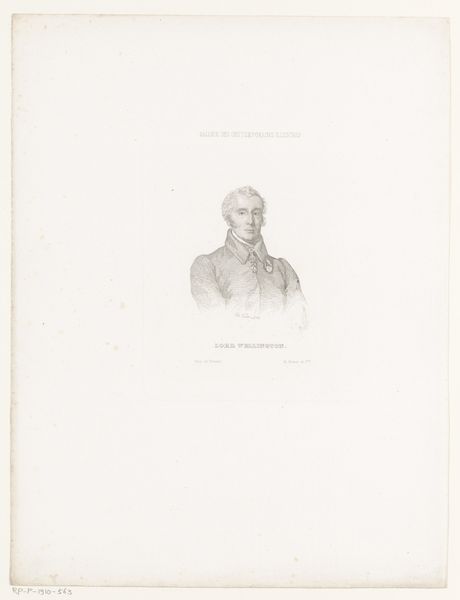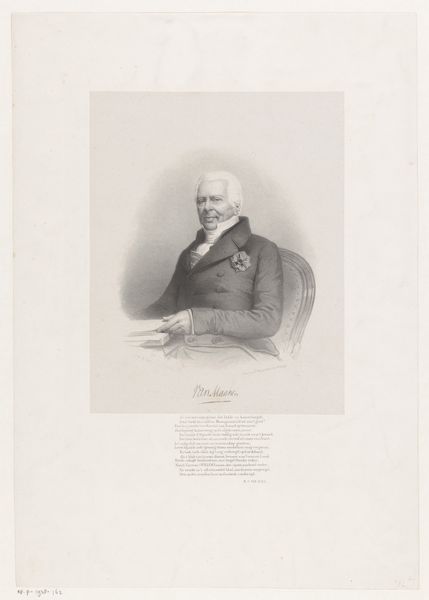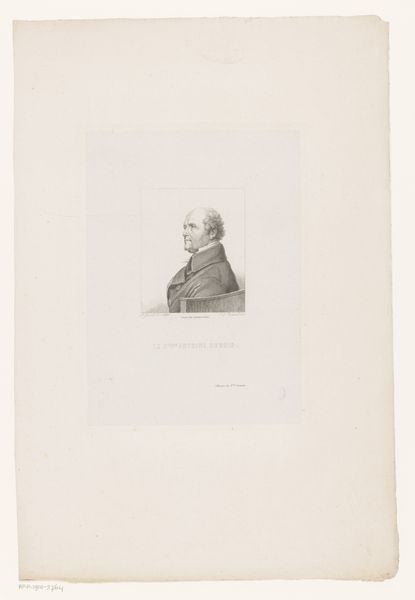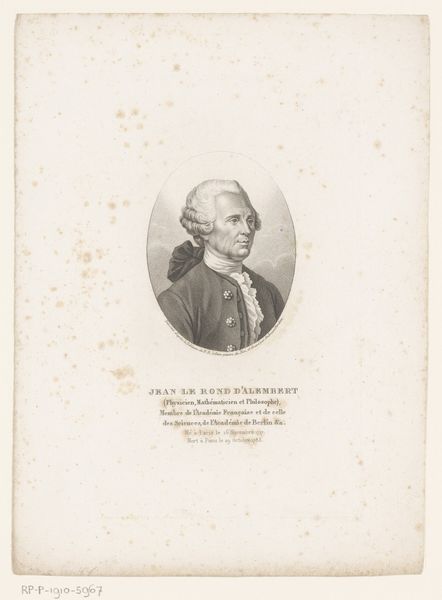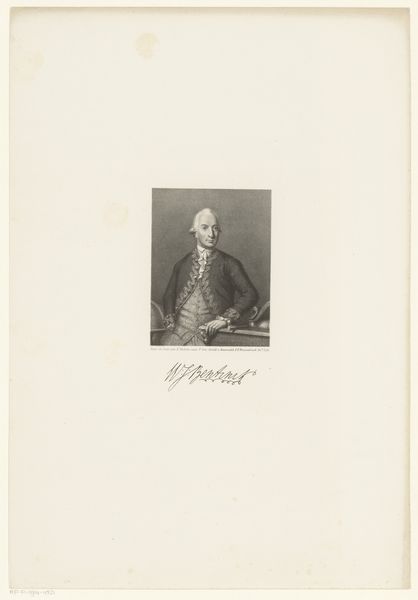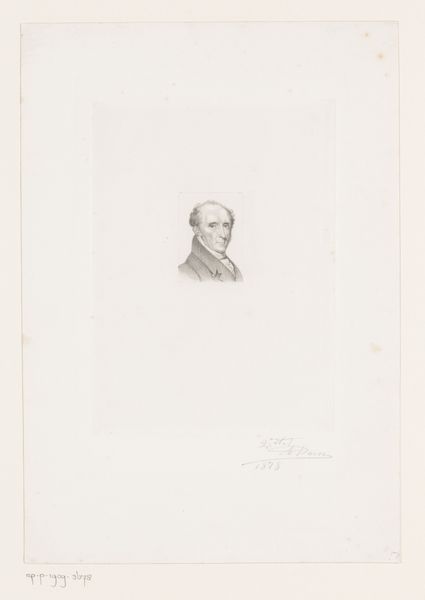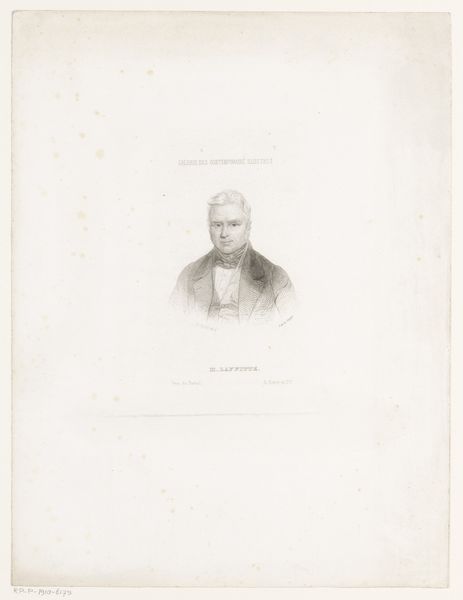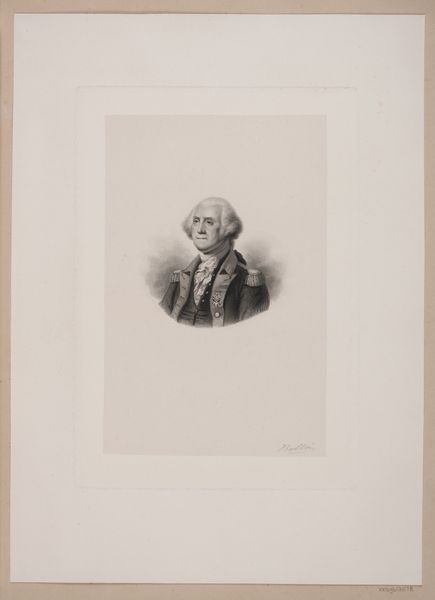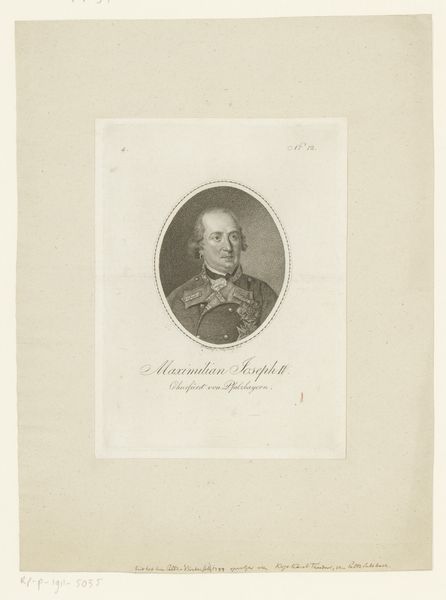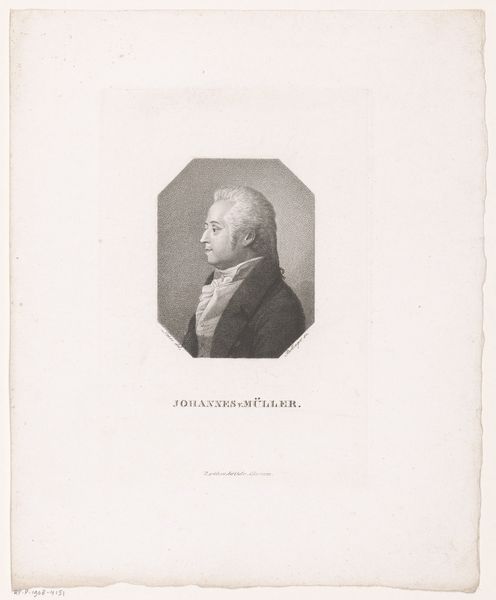
engraving
#
portrait
#
neoclacissism
#
engraving
Dimensions: height 195 mm, width 138 mm
Copyright: Rijks Museum: Open Domain
Curator: What a striking piece. We are looking at an engraving entitled "Portret van Antoine Petit en Jean-Nicolas Corvisart," likely made sometime between 1812 and 1843 by Amédée Félix Barthélemy Geille. Editor: It has such a formal, almost stoic presence. The starkness of the black and white engraving lends a gravity to their faces. There’s an undeniable focus on structure and clarity that commands attention. Curator: The artwork neatly falls under the Neoclassical art movement which gained significant popularity in the early 19th century, coinciding with and reflecting the values of the Enlightenment. It prioritized rationality, order, and a return to classical sources. Engravings were valued for their accuracy and reproducibility, which served well this artistic movement. Editor: Yes, their postures definitely echo that striving for balance. Though, on another level, this image hints at the growing role of science and medicine in society. Curator: Precisely! The two men portrayed here were physicians, Antoine Petit and Jean-Nicolas Corvisart. This isn’t just about aesthetic choices; it reflects a changing societal emphasis on science and public health. Corvisart was particularly notable, serving as Napoleon Bonaparte's personal physician. This gives the portrait not only a medical but a political significance. Editor: That definitely impacts how we see their placement in society. The visual language of their clothing and features are signaling certain things about power. Even details like the high collars can communicate not just fashion, but a cultural value for those associated professions. The symbol of a gold order further illustrates the subjects' value and standing. Curator: The format and use of black and white would definitely have political and professional implications that can speak of their character, which leads me to believe that Neoclassical approach made such choices accessible to larger audiences in this historic period. This helped maintain specific types of social status throughout Europe as well. Editor: I see how those elements work to frame them— literally and figuratively — within specific professional, social, and political contexts. This has truly illuminated my understanding of what images are trying to communicate with people in the long run! Curator: It has done the same for me, too. Thinking of the engraving process reminds us about both individual representation and the machinery of wider cultural ideals.
Comments
No comments
Be the first to comment and join the conversation on the ultimate creative platform.
